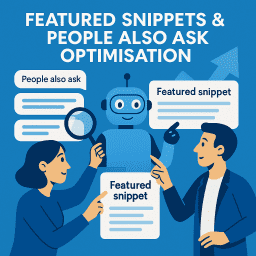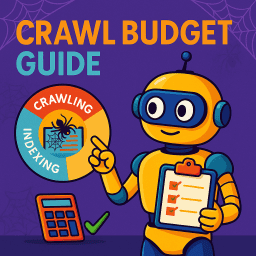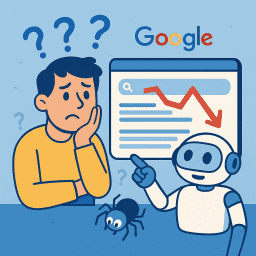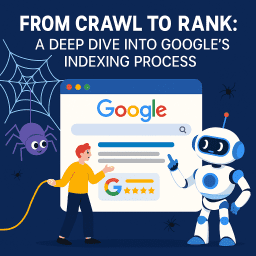How to Create SEO-Friendly URL Structures in 2025
Best practices for clean, readable, rank-worthy URLs
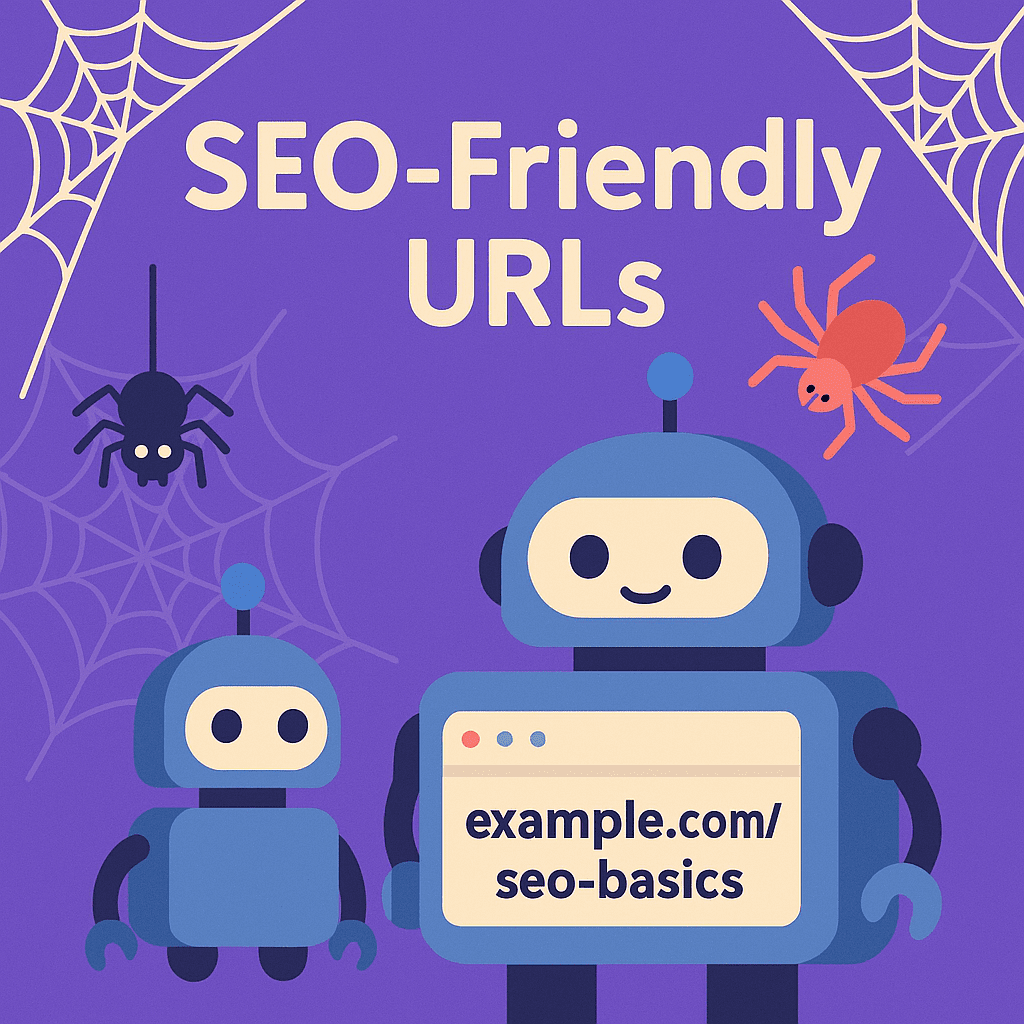
⚡ SEO-Friendly URLs: Small Change, Big Impact
🔗 SEO-friendly URLs are often overlooked—but they matter more than you think. They affect your site’s crawlability, click-through rate, and user experience. In fact, in 2025, URL structure is one of the clearest technical signals Google uses to understand the topic and relevance of a page.
This guide will walk you through exactly how to set up SEO-friendly URLs that are clean, descriptive, and built to scale with your website.
🌐 What Is an SEO-Friendly URL?
An SEO-friendly URL is one that clearly describes the content of a page using natural keywords, is easy to read, and doesn’t include unnecessary parameters or clutter. It’s designed for both search engines and humans.
Examples:
- ✅
example.com/seo-basics/(Clean and descriptive) - ❌
example.com/page.php?id=3728(Confusing and unhelpful)
🎯 Why URL Structure Matters for SEO
- Improves crawlability: Search engines navigate your site more efficiently.
- Boosts CTR: Clear, readable URLs encourage more clicks in the SERPs.
- Enhances UX: Users trust simple, logical URLs.
- Supports site hierarchy: Google can better understand relationships between content.
🛠️ Best Practices for Creating SEO-Friendly URLs
1. Keep URLs Short and Descriptive
Shorter URLs are easier to remember, share, and understand. Aim for fewer than 60 characters where possible.
Bad: example.com/the-best-guide-to-understanding-all-about-seo-in-2025
Good: example.com/seo-guide-2025
2. Use Hyphens (Not Underscores)
Google recommends using hyphens (-) to separate words, as it treats them as spaces. Underscores (_) are not interpreted the same way.
Correct: example.com/local-seo-strategy
Incorrect: example.com/local_seo_strategy
3. Use Lowercase Letters Only
URLs are case-sensitive on many servers. Stick to lowercase to avoid duplicate content or broken links.
4. Include Your Primary Keyword
Your focus keyword should appear naturally in the URL—especially if it matches the title and H1.
Example: /seo-audit-checklist for a page titled “SEO Audit Checklist for 2025”.
5. Remove Stop Words (Where Appropriate)
Words like “the,” “and,” “for,” “of” are usually unnecessary in URLs unless they aid clarity.
Better: /seo-basics instead of /the-basics-of-seo
6. Use Static URLs (Not Dynamic)
Dynamic URLs (with parameters like ?id=123) are harder for search engines to index and users to trust.
Bad: /product?id=489&sort=price
Good: /products/wooden-desk
7. Avoid Keyword Stuffing
Including keywords is smart—repeating them isn’t. It looks spammy and can trigger algorithmic filters.
Bad: /seo-seo-services-best-seo-agency
Good: /best-seo-agency
8. Use a Logical Folder Structure
Structure URLs like your website navigation. This helps Google understand page hierarchy and improves internal linking.
Example: /services/web-design/ under /services/
9. Don’t Include Dates (Unless Essential)
URLs with dates can make content look outdated—even if the page is updated. Only use dates when time-sensitive relevance matters (like news).
Better: /seo-trends vs /seo-trends-2021
10. Avoid Duplicate URLs
Each page should have one canonical URL. Use canonical tags and avoid slight variations (e.g. with/without trailing slash, parameters, capitalisation).
📁 Static vs Dynamic URLs
Static URLs are fixed, readable, and ideal for SEO:
example.com/about-us
Dynamic URLs are generated by databases and often include characters like ?, =, or &:
example.com/page?id=5829
Use URL rewriting (via .htaccess or plugins) to convert dynamic URLs into static formats.
🔗 Canonicalisation: Avoiding Duplicate Content
Inconsistent URLs can lead to duplicate content issues. For example:
/seo-guide/SEO-Guide/seo-guide/
These could all be seen as separate pages. Implement canonical tags to point to the preferred version.
🗺️ XML Sitemaps and URL Structure
Your sitemap should reflect your URL structure. Don’t list duplicate or irrelevant pages. Keep it updated to help Google discover and prioritise the right pages.
🚫 Common Mistakes to Avoid
- Overusing subfolders (e.g.
/blog/2025/june/seo/url-tips) - Changing URLs without 301 redirects
- Including session IDs in URLs
- Using special characters like
&, %, $, @
🧪 Tools for Managing URL Structure
- Yoast SEO / Rank Math – for WordPress slug management
- Screaming Frog – crawl your site to check for messy URLs
- Google Search Console – monitor crawl errors and indexing issues
- .htaccess or NGINX – for redirects and URL rewrites
🔄 When to Update Old URLs (and When Not To)
Only change URLs if:
- The existing URL is harmful (e.g., has keywords like “click-here” or “page1”)
- You’re restructuring the site entirely
- There’s a branding or naming change
If you do change URLs, always set up a 301 redirect from the old URL to the new one and update all internal links accordingly.
🧠 What the Experts Are Saying
“The best URLs are invisible. They tell you what the page is about without even trying.” — Cyrus Shepard
“Google uses URLs as a strong signal of topic relevance. Don’t overthink it—just keep them clean and consistent.” — John Mueller
“Your URL is part of your brand. A messy structure signals a messy business.” — Marie Haynes
📝 Recap and Clarify: Page-Specific FAQs
Should I include keywords in every URL?
Yes, where natural. But don’t force it or stuff keywords. Make sure it reads well for humans too.
Are hyphens or underscores better for URLs?
Always use hyphens. Google treats them as word separators. Underscores are not as SEO-friendly.
Can changing URLs hurt my rankings?
Yes—if not handled properly. Always set up 301 redirects, update internal links, and avoid unnecessary changes.




